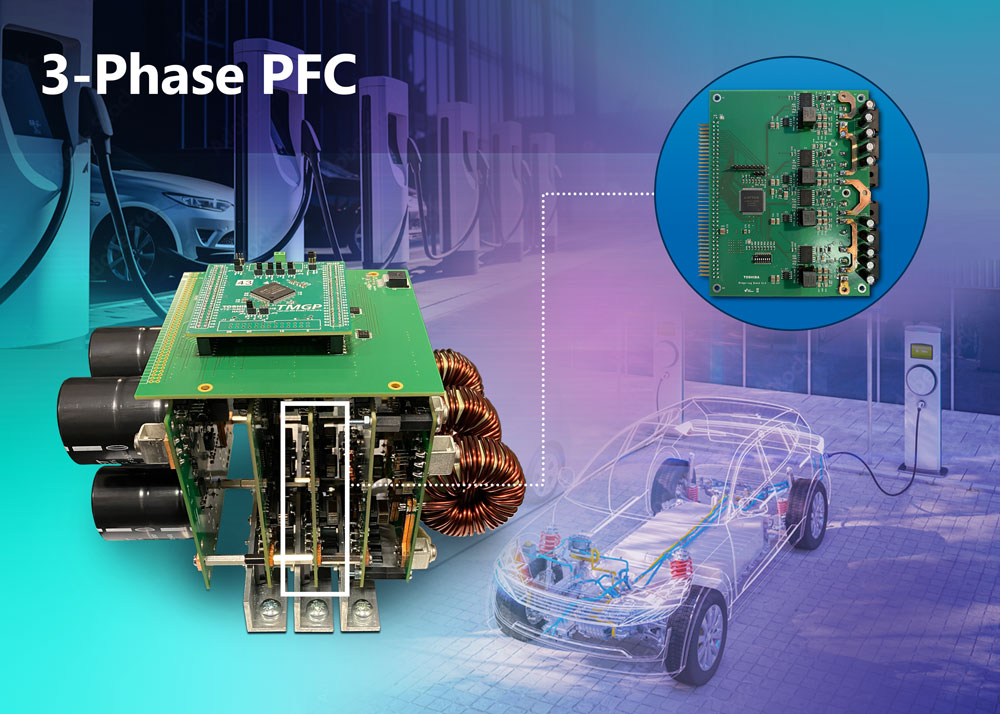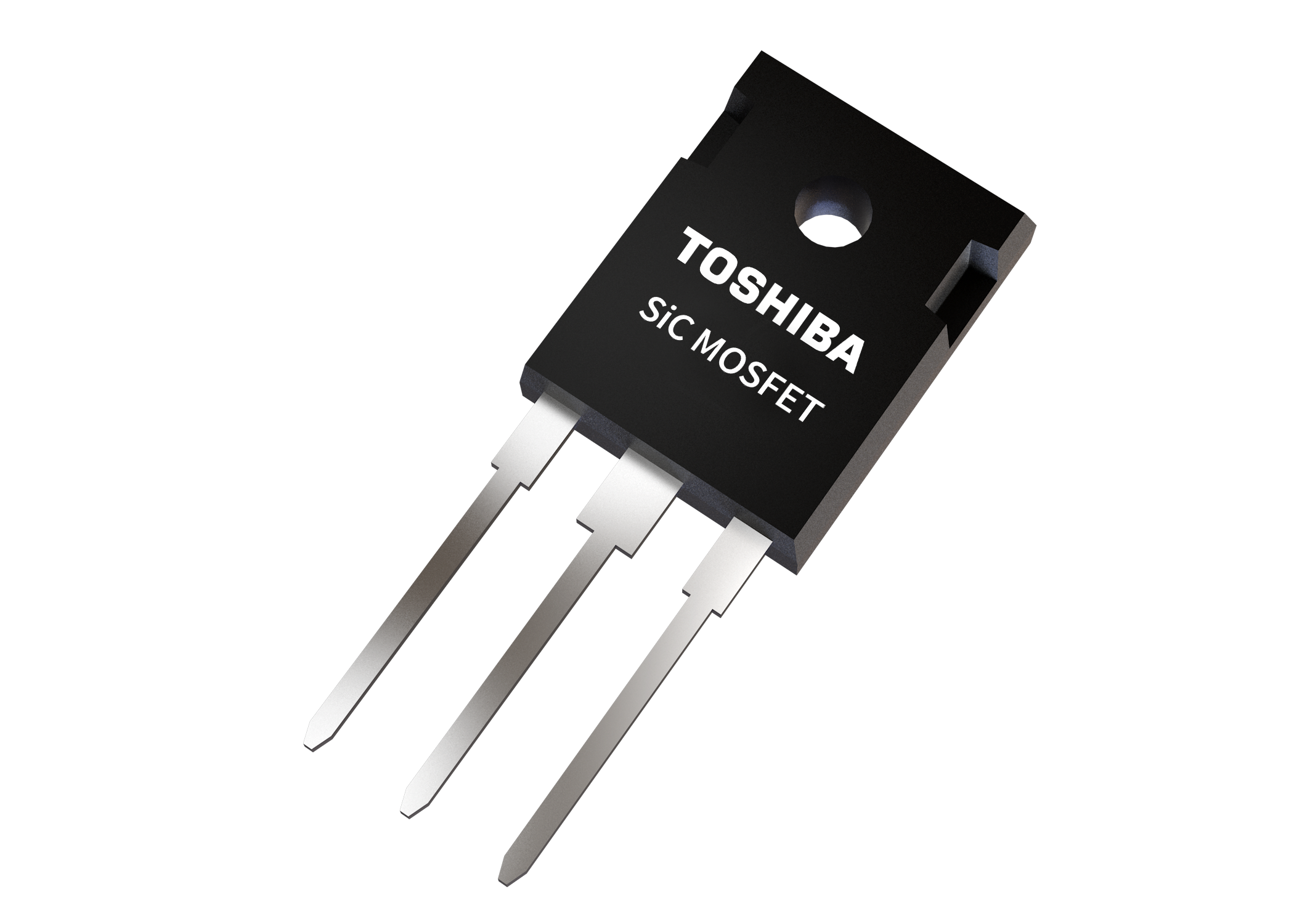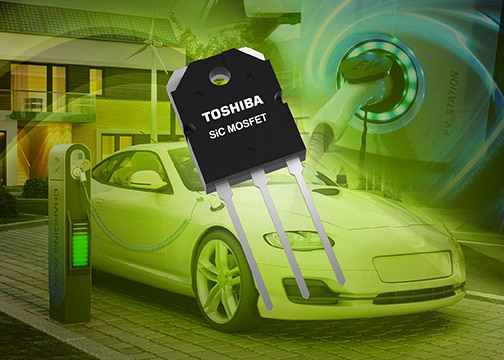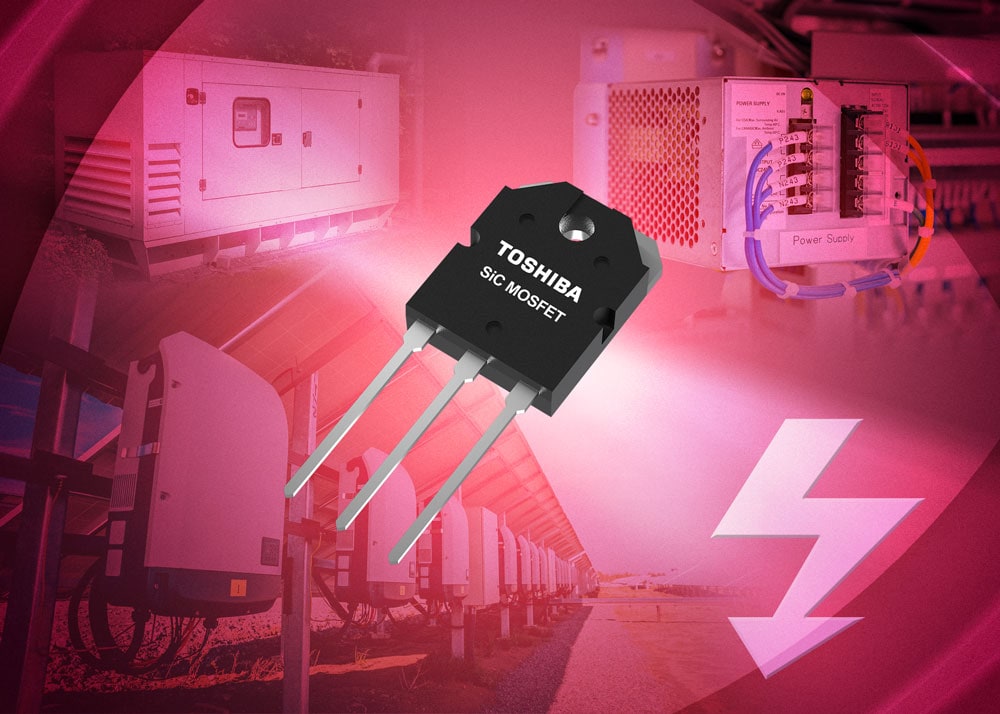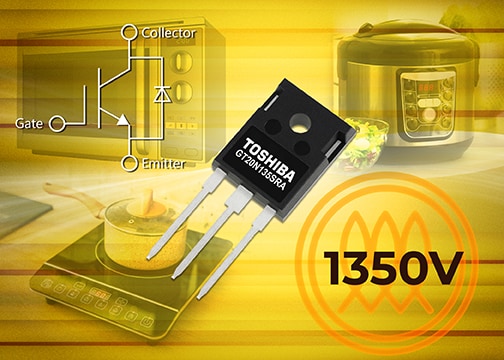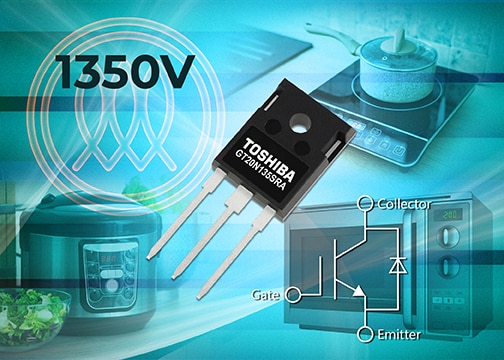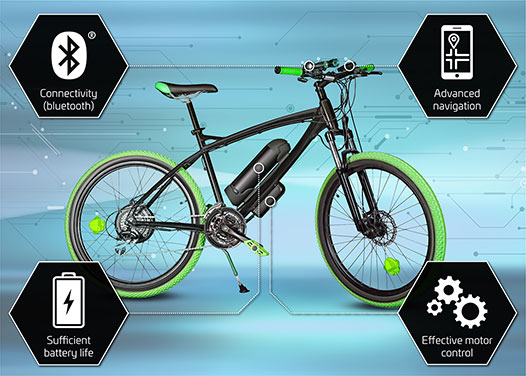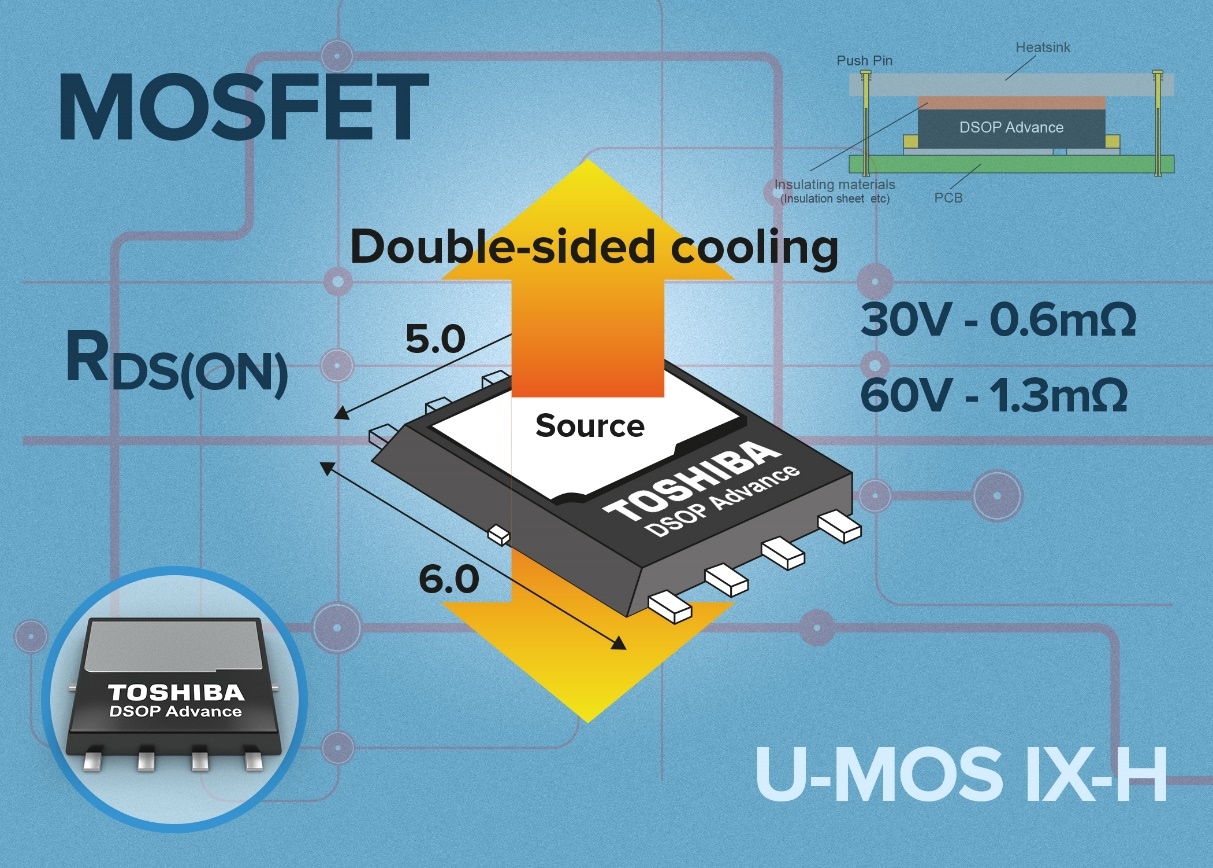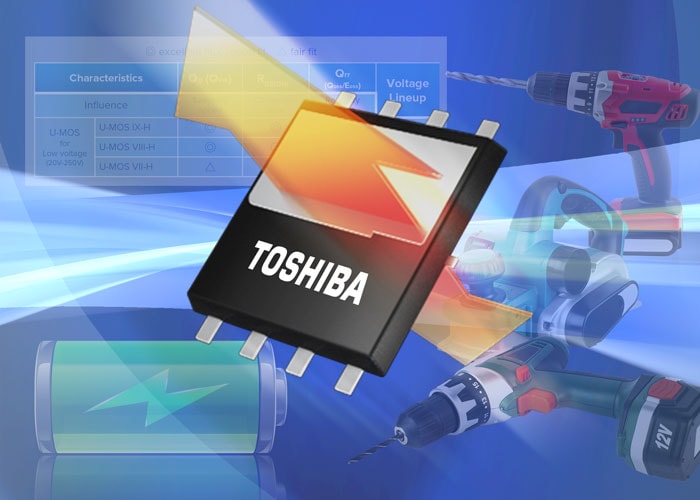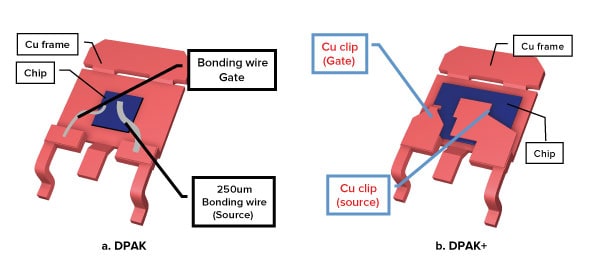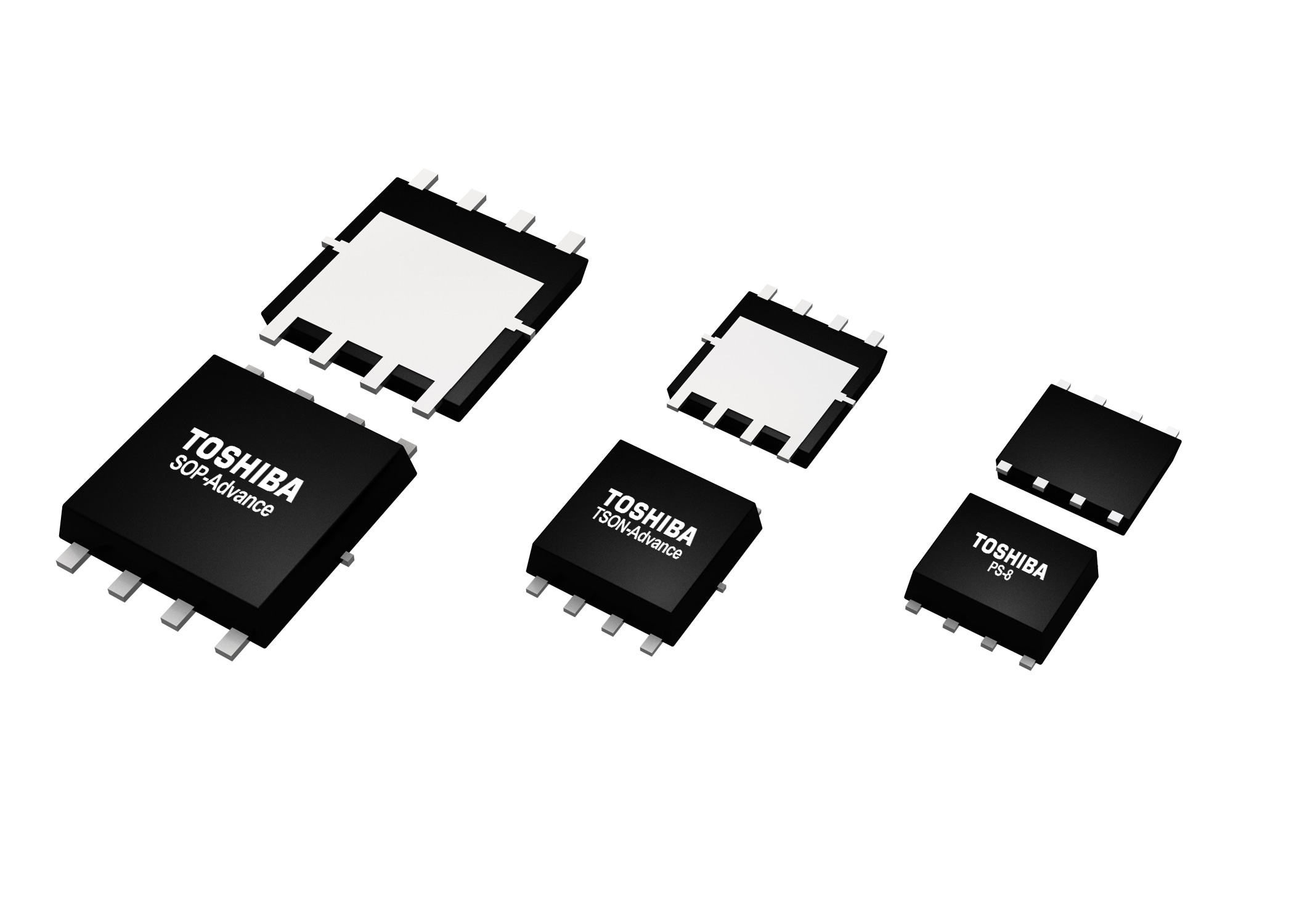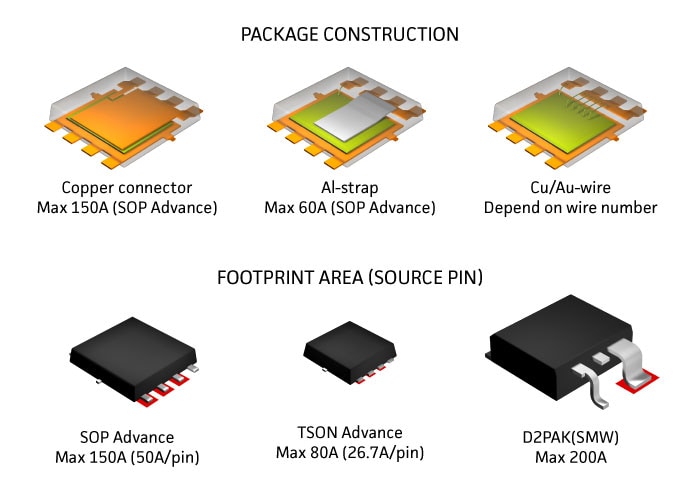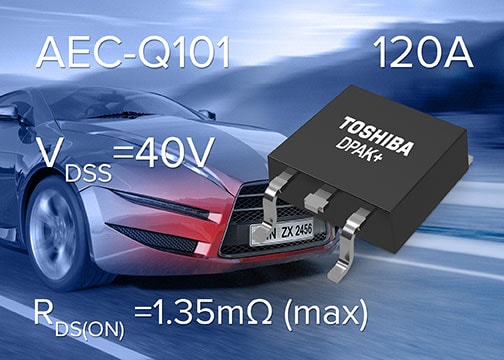- General Top
- SEMICONDUCTOR
- STORAGE
- COMPANY
-
My ToshibaSemicon
- Semiconductor Top
-
ApplicationsAutomotive
Body Electronics
xEV
In-Vehicle Infotainment
Advanced Driver-Assistance Systems (ADAS)
Chassis
IndustrialInfrastructure
BEMS/HEMS
Factory Automation
Commercial Equipment
Consumer/PersonalIoT Equipment
Healthcare
Wearable Device
Mobile
Computer Peripherals
-
ProductsAutomotive Devices
Discrete Semiconductor
Diodes
Transistors
Logic ICs
Analog Devices
Digital Devices
Wireless Devices
※
: Products list (parametric search)
Power SemiconductorsSiC Power Devices
※
: Products list (parametric search)
Isolators/Solid State RelaysPhotocouplers
Digital Isolators
Solid State Relays
Fiber Optic Transmitting Modules
※
: Products list (parametric search)
MOSFETsIGBTs/IEGTsBipolar Transistors※
: Products list (parametric search)
Diodes※
: Products list (parametric search)
MicrocontrollersMotor Driver ICsIntelligent Power ICs※
: Products list (parametric search)
Power Management ICsLinear ICs※
: Products list (parametric search)
General Purpose Logic ICsLinear Image SensorsOther Product ICsOther Product ICs
※
: Products list (parametric search)
-
Design & Development
Design & Development
Innovation Centre
At the Toshiba Innovation Centre we constantly strive to inspire you with our technologies and solutions. Discover how to place us at the heart of your innovations.
-
Knowledge
Knowledge
Highlighted Topics
Further Materials
Other
- Where To Buy
- Part Number & Keyword Search
- Cross Reference Search
- Parametric Search
- Stock Check & Purchase
This webpage doesn't work with Internet Explorer. Please use the latest version of Google Chrome, Microsoft Edge, Mozilla Firefox or Safari.
require 3 characters or more. Search for multiple part numbers fromhere.
The information presented in this cross reference is based on TOSHIBA's selection criteria and should be treated as a suggestion only. Please carefully review the latest versions of all relevant information on the TOSHIBA products, including without limitation data sheets and validate all operating parameters of the TOSHIBA products to ensure that the suggested TOSHIBA products are truly compatible with your design and application.Please note that this cross reference is based on TOSHIBA's estimate of compatibility with other manufacturers' products, based on other manufacturers' published data, at the time the data was collected.TOSHIBA is not responsible for any incorrect or incomplete information. Information is subject to change at any time without notice.
require 3 characters or more.
eFuses: Much more than ‘just a fuse’
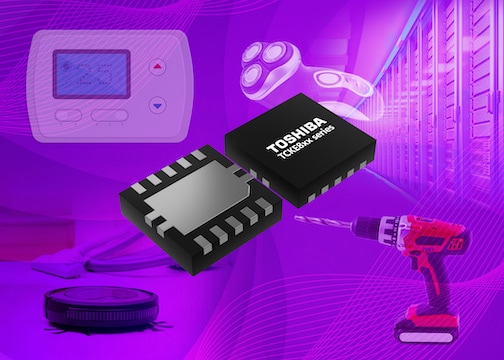
Circuit protection is an essential part of modern electronics, not least as batteries with low internal resistance (and the ability to deliver huge and potentially damaging currents) are increasingly used in applications from portable devices through to vehicles of the future.
Fuses have been around almost as long as electricity has been used, protecting simple early applications such as lighting. However, most fuses have been non-resettable meaning that they have to be physically replaced once actuated – which is inconvenient and often expensive if the fuse is difficult to access (remote location or sealed equipment, for example). Simple, wire-based fuses have a number of other drawbacks including a wide tolerance for the tripping current, slow to actuate and struggling to cope with the inrush current associated with complex loads.
Resettable fuses, including polymeric positive temperature coefficient (PPTC) devices removed the issue with replacement but still had a number of drawbacks. Most notably, this included the inability to reduce current to zero during a fault condition and the relatively slow actuation that may take several seconds.
Silicon eFuses are based upon a low-resistance solid state switch that has current measurement circuitry as the primary control. If a pre-set current threshold is exceeded then the switch is opened and the current flow stops, generally in less than a microsecond. Thus, this fuse provides excellent protection by removing all current faster than a traditional fuse or a resettable PPTC fuse.
Depending upon how the eFuse is configured, the current protection may be latching, so that the switch remains open until a reset signal is received – perhaps from a microcontroller, or a manual reset switch operated by a person. Non-latching eFuses will automatically retry by closing the switch and monitoring current, rapidly opening the switch if the fault is still present.
As eFuses are able to be controlled by logic-level signals, they are able to offer a number of additional features so that they become true circuit protection devices. They are able to provide inrush current protection, which can be fixed or adjustable depending upon the device.
As well as protecting against overcurrent, eFuses are also able to deal with voltage anomalies. Many include a voltage clamp that ensures the output voltage never exceeds a pre-set level, guarding against voltage rises due to light loads and providing additional protection for downstream circuitry.
If the voltage does not reach the correct level then transistors may not switch fully, giving the potential for damage - also, logic circuits may not operate correctly. To avoid these problems, eFuses can incorporate an undervoltage lockout (UVLO) that ensures the voltage is only connected when it is within specification.
Additional common eFuse features include an output to control an additional (external) switch for protection against reverse current and also a thermal shutdown.
Clearly, eFuses are able to offer a far wider range of protection than other fuses. To understand how these devices can be deployed quickly and easily, please download our comprehensive white paper





